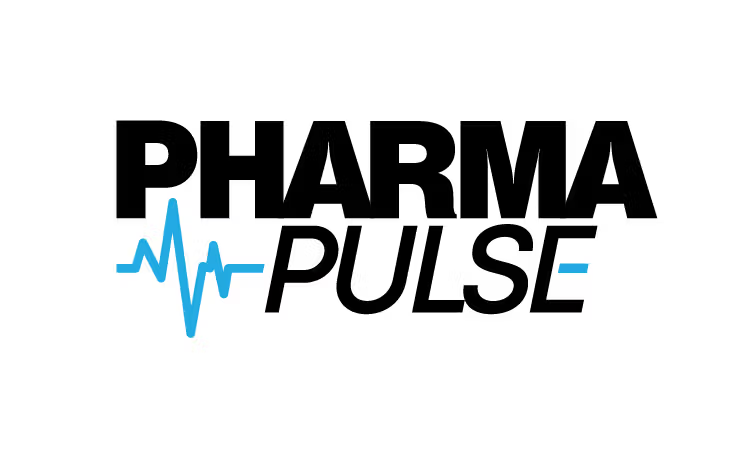PC: Could you describe some common pain points in the space that the industry has been experiencing?
Cheng: I will build off of what I just mentioned. If you think about patient access, if you think about the regulatory requirements, if you think about market access as it relates to pricing and reimbursement, one of the concrete examples I could offer is your clinical trial design. Obviously, the endpoints election is the most critical aspect of that exercise. From a drug developer’s perspective, how do you arrive at an endpoint or several endpoints that meet the regulatory requirements that are patient relevant and meet the payers’ expectations? It’s not easy. I’ve been in those meetings multiple times, trying to get that collective and cross functional perspective and make sure that your strategy is going to really work out for you three, five years down the line. That’s a great example of how you really need that early planning and dialogue and cross functional perspective to make sure that you can bring those drugs to market.
PC: How to you envision this market progressing in terms of its technological capabilities? At the summit, you had participated in a fireside chat with the FDA, so perhaps you could also share any valuable insight that the agency provided?
Cheng: The future is really bright. If you think about just five years ago, back then the FDA commissioner predicted that by 2025, the FDA will be approving between 10 to 27 gene products a year. We’re now in 2024 and we’re on track to hit that goal. Based on what we can see from what’s in the clinical development between the US and Europe just in this year, we are really hitting that target. Obviously, there’s a lot more in the pipeline. There’s between 2000-3000 clinical trials, depending on how you count it around the world. So, the momentum is there. With all these different trials and all these different approvals, what was great to hear in the fireside chat at the summit, is the excitement and commitment that the FDA has and the competence that they have in the future growth of this sector. They’re really trying to help companies to shorten that development timeline to bring the markets or to bring the drugs to the market faster, and to be able to bring these transformative therapies to patients. I think one thing that came through very clear from that fireside chat, again, was early planning. The FDA is really encouraging developers to come and talk to them as early as possible. I think the learning process goes both ways. The FDA also has a lot of initiatives to make sure that they stay ahead of the technology. I don’t want to speak on behalf of them, because that’s not my role, but it was encouraging to just see how much work that’s being put behind cell and gene sector by the agency.
PC: From inception to commercialization, how long is the entire process timewise?
Cheng: Some of your decisions need to be made pre-clinical, before we even get into the first human. Then you have phase one, phase two, and phase three. You’re looking at 5-10 years or longer depending on where you are in that development journey. The key is to be able to bring the right subject matter experts along that journey, so that you can future proof your strategy and also keep in mind that things change very quickly in drug development. They change especially quickly in cell and gene arrays. I think that flexibility and adaptability are critical in that process as well.




